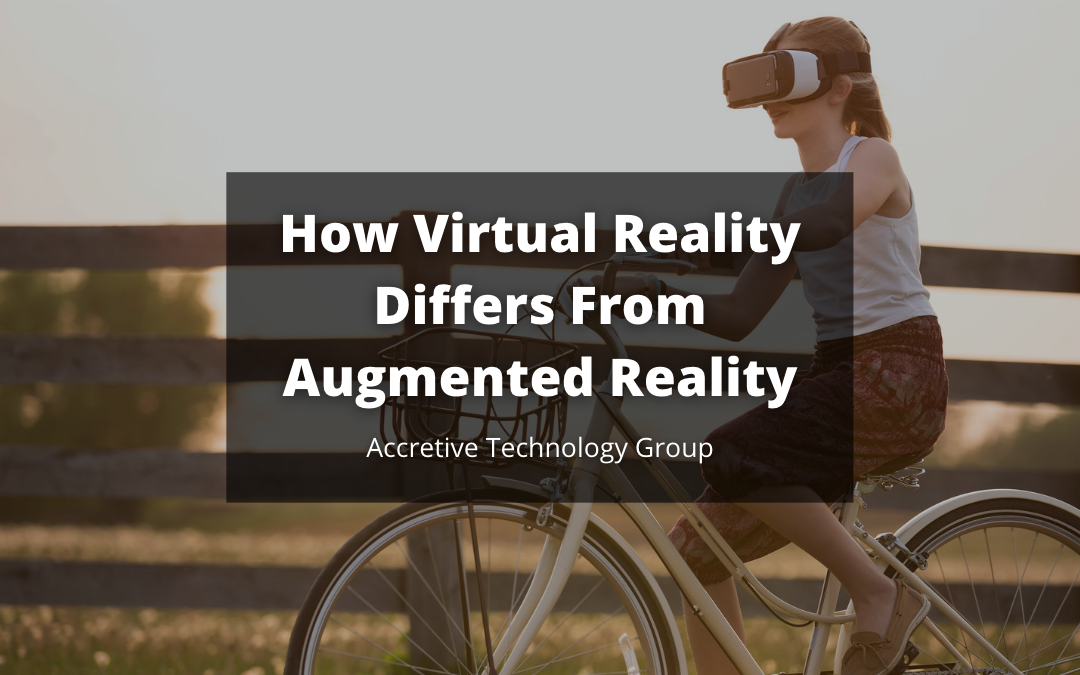Virtual reality (VR) and augmented reality (AR) are two ideas that are commonly discussed in conjunction in the current digital age. Although they are both distinct technologies, people often confuse them, mistaking one for the other. So then, what are the differences between the two?
Devices like the Oculus Quest and Valve Index are popular examples of VR headsets, while games like Pokemon Go demonstrate the power of AR. As the technologies progress, there is a degree of crossover between VR and AR, yet they remain fundamentally different. Ultimately, it’s easy to differentiate between the two if you understand their individual characteristics.
What is augmented reality?
Augmented reality is a technology that allows the user to see a live view of the real world with added virtual information, such as images, sound, video, etc. The purpose of AR is to enhance the environment and permit virtual elements to interact with real objects to create desired outcomes. AR environments coexist with the real world by providing extra data about it.
In general, the creation of AR does not require any special equipment and is usually done with the cameras of everyday devices such as smartphones. It adds virtual 3D objects and environments to real-world objects in real-time based on their geometric relationships. AR systems are now often complemented by mobile phone elements such as GPS, 4G, and remote sensing. The output can be seen on mobile screens, augmented reality glasses, and other devices.
AR technology has a variety of applications, from Snapchat filters and virtual dressing rooms, photography, and editing, to interior decoration applications like IKEA mobile. Additionally, AR can be found in virtual battlefields and in games like Pokémon Go. It is also being utilized for marketing, medical, and healthcare purposes.
What is virtual reality?
Virtual Reality aims to provide an immersive experience in a life-size 3D digital world. Users can explore and control 3D environments using computers and VR devices like headsets and gloves, allowing users to experience their environment through all five senses. The devices have special lenses and sensors which allow users to interact with virtual content in a natural way. As such, extensive hardware is needed to separate the user from the real world.
VR is commonly used for entertainment, education, and business applications, with video games being a popular form of entertainment, classroom training as a form of education, and virtual meetings for business use.
Augmented reality vs. virtual reality
AR and VR both provide users with a computer-generated 3D experience, but they are distinct technologies with their own distinct use cases. The primary distinction between augmented reality (AR) and virtual reality (VR) is that VR completely replaces the real world with a simulated experience, while AR blends virtual content with the user’s existing environment. AR projects digital information onto the world that a user is viewing, while VR immerses the user in a totally computer-generated world. To explore VR, specialized equipment such as a headset or gloves is often necessary. On the other hand, AR can be used in both 2D and 3D environments on a device like a smartphone.
When AR and VR are combined, they create a harmonized system with incredible capabilities. Although these technologies are effective on their own, together, they offer a much more immersive and stimulating experience. By combining the virtual and real worlds, a hybrid environment is created.

